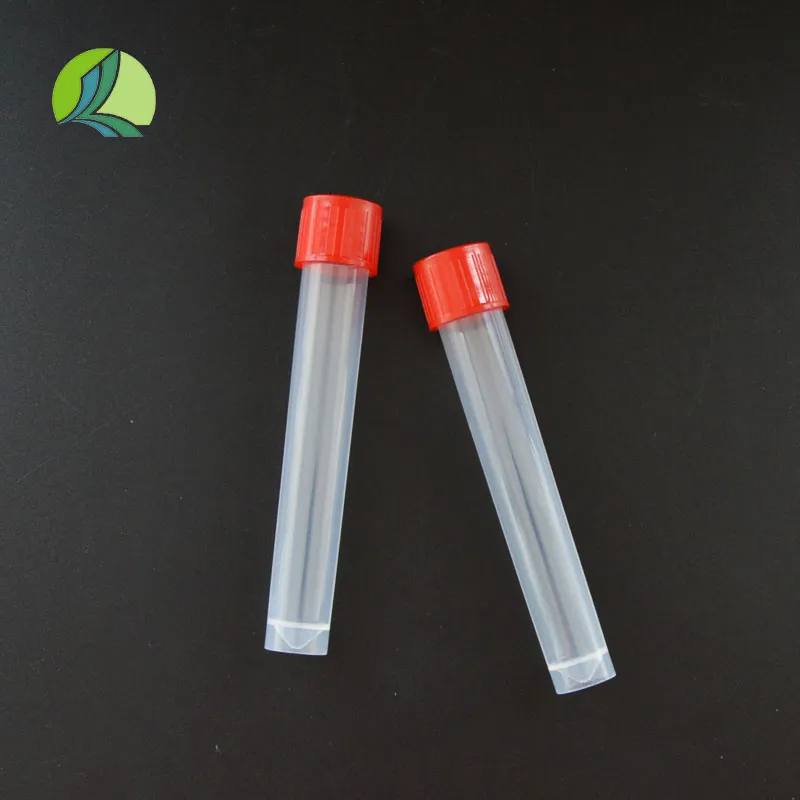lab reagent bottle
The Importance of Lab Reagent Bottles in Scientific Research
In the realm of scientific research and experimentation, laboratory reagent bottles play a pivotal role. These specialized containers are designed to store, preserve, and provide easy access to various chemicals, solutions, and compounds that are essential for conducting experiments across multiple disciplines, from chemistry and biology to environmental science and biochemistry. Understanding the significance and characteristics of lab reagent bottles can enhance laboratory efficiency and safety while ensuring the integrity of experimental results.
Types of Lab Reagent Bottles
Lab reagent bottles come in various shapes, sizes, and materials, each suited for different applications. The most common materials used for reagent bottles include glass, high-density polyethylene (HDPE), and polypropylene.
1. Glass Reagent Bottles Glass is a traditional material for reagent bottles due to its inert nature and resistance to chemical reactions. Borosilicate glass, in particular, is favored for its ability to withstand high temperatures and thermal shock. These bottles are typically used for storing acids, bases, and volatile liquids, as they provide excellent visibility of the contents.
2. Plastic Reagent Bottles HDPE and polypropylene bottles are lightweight, unbreakable alternatives to glass. These materials are resistant to a wide range of chemicals, making them suitable for less hazardous substances. Plastic reagent bottles are often used in laboratories where the risk of breakage is high or in fieldwork where portability is essential.
3. Dropper and Specialty Bottles Some lab reagent bottles come with built-in droppers, allowing for precise dispensing of liquids. Others are designed for specific applications, such as light-sensitive substances that require amber-colored bottles to protect against photodegradation.
Key Features of Lab Reagent Bottles
When selecting a lab reagent bottle, several key features should be considered to ensure optimal performance
1. Closure Type The lids of reagent bottles can vary from screw caps to dropper tops. A secure closure is crucial to prevent contamination and evaporation of contents. Some bottles also have safety features, such as child-resistant caps.
lab reagent bottle

2. Labeling Clear labeling is essential for effective organization and identification of chemicals. Many reagent bottles come with ample labeling space or pre-printed labels, which aid in compliance with regulatory standards and enhance workplace safety.
3. Chemical Compatibility Not all materials are compatible with all chemicals. It's vital to ensure that the chosen bottle material is safe for the specific reagents being stored. Manufacturers typically provide compatibility charts to guide users in selecting appropriate containers.
Importance of Proper Storage
Proper storage of reagents is crucial in maintaining their effectiveness and shelf life. Exposure to factors such as light, temperature fluctuations, and contamination can significantly alter the properties of chemical substances. For instance, photosensitive reagents can degrade when exposed to light, while volatile compounds may evaporate if not stored in airtight containers. Therefore, using proper reagent bottles not only protects the integrity of the chemicals but also ensures the safety of laboratory personnel.
Safety Considerations
Safety in the laboratory is paramount, and the use of appropriate lab reagent bottles significantly contributes to this goal. The right storage solutions minimize the risk of leaks and spills, which can lead to hazardous situations. It is also important for lab personnel to be familiar with the Material Safety Data Sheets (MSDS) for the chemicals they are handling and to follow best practices when using and storing reagents.
The Future of Lab Reagent Bottles
With advances in materials science and manufacturing processes, the future of lab reagent bottles is promising. Innovations such as smart labels that provide real-time tracking of chemical stability and integrated sensors for monitoring environmental conditions are on the horizon. As laboratories continue to prioritize safety, efficiency, and sustainability, the evolution of reagent packaging will be an exciting area to watch.
In conclusion, lab reagent bottles are fundamental to the success of scientific research and experimentation. By understanding their types, features, and the importance of proper storage, researchers can ensure optimal results while prioritizing safety. As technology continues to improve, the role of these essential containers will only become more critical in the pursuit of scientific knowledge.
-
Aesthetic Makeup Spray Bottles | Fine Mist Empty RefillableNewsAug.19,2025
-
White Plastic Veterinary Vaccine Vials | Lab Liquid BottlesNewsAug.18,2025
-
Plastic Medicine Liquid Bottle: Secure Flip Top Drug VialsNewsAug.17,2025
-
Durable 250ml Blue Plastic Vaccine Vial for Lab & Vet UseNewsAug.16,2025
-
Sterile Virus Sample Tubes: Secure & Reliable Specimen CollectionNewsAug.15,2025
-
White 250ml Plastic Vaccine Vial for Lab & Vet MedicineNewsAug.14,2025
























